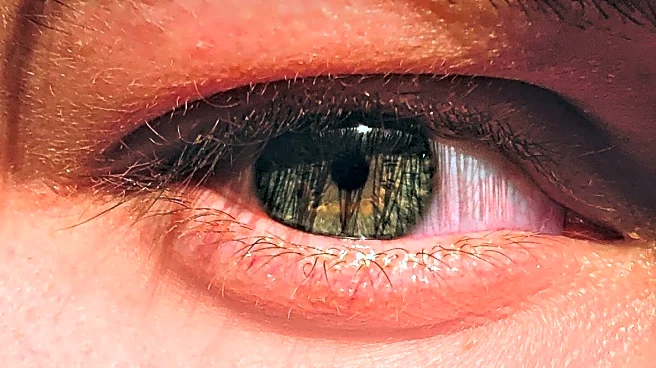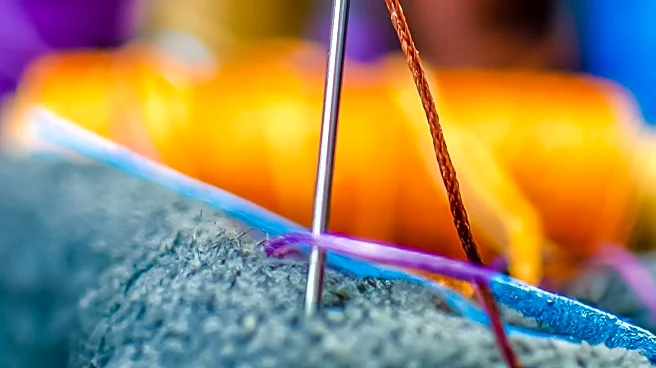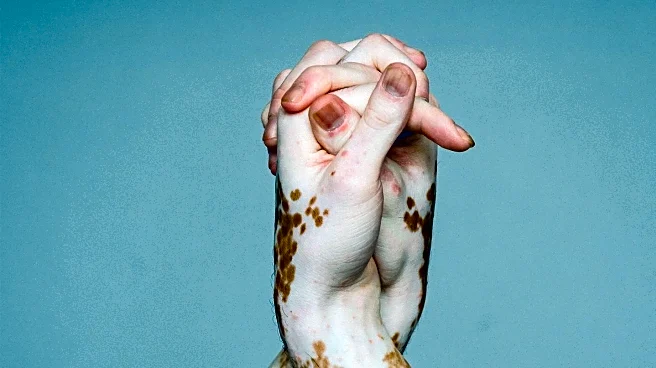What's Happening?
Ketia Moponda, a 19-year-old college student, underwent life-saving amputations of her legs and fingers after mistaking a serious illness for the flu. Initially, Moponda believed her symptoms were due to freshers' flu, a common ailment among students at the start of the academic year. However, her condition worsened, leading to unconsciousness and hospitalization. She was diagnosed with meningococcal septicaemia, a bacterial infection that caused meningitis and sepsis. The infection led to severe complications, including the need for amputations due to lack of blood circulation to her limbs. Moponda's story highlights the dangers of meningococcal disease, which can spread through saliva or mucus and cause long-term health issues.
Why It's Important?
This case underscores the critical importance of early diagnosis and treatment of meningococcal disease, which can have devastating consequences if mistaken for less severe illnesses like the flu. The disease can lead to severe complications such as brain damage, kidney damage, and limb loss. Moponda's experience serves as a cautionary tale for students and young adults, emphasizing the need for awareness and prompt medical attention when experiencing unusual symptoms. It also highlights the resilience and determination required to overcome such life-altering challenges, as Moponda is now learning to walk again with prosthetic legs.
What's Next?
Moponda is focused on rehabilitation and adapting to her new circumstances. She is learning to walk with prosthetic legs and is committed to breaking barriers associated with disability. Her story may inspire increased awareness and education about meningococcal disease among students and educational institutions, potentially leading to better preventive measures and quicker responses to similar health crises.
Beyond the Headlines
Moponda's journey reflects broader societal issues related to disability and the importance of inclusivity. Her determination to live unapologetically and help others feel confident in their identity challenges stereotypes and promotes a more inclusive view of disability. This narrative may contribute to ongoing discussions about disability rights and the need for supportive environments for individuals facing similar challenges.










